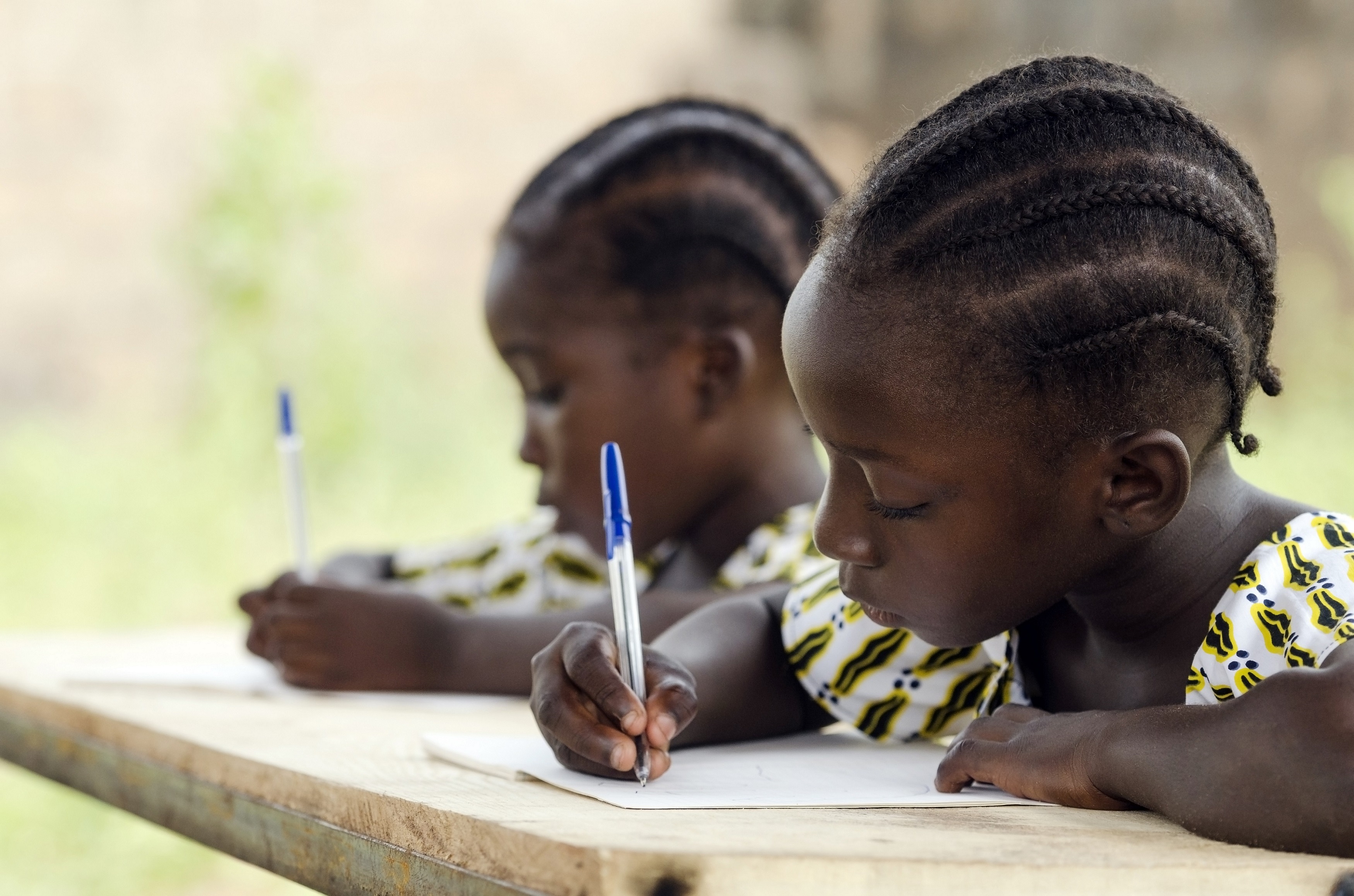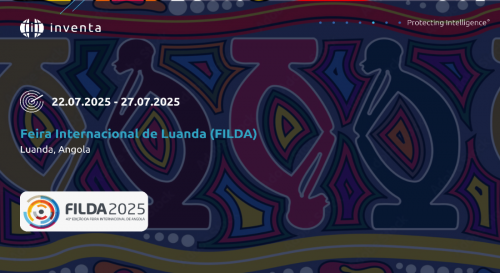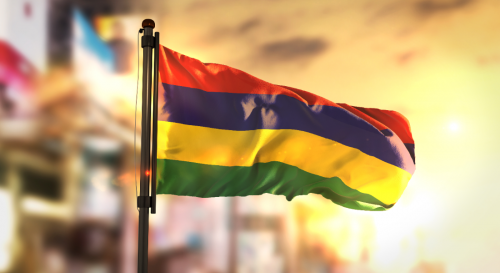
Open Access and Education: the cases of SABER and the Open Educational Resources (OER)
The Universal Declaration of Human Rights (UDHR), proclaimed in 1948, marks an irruption of the individual and his rights in the international sphere, shielded by the State’s sovereignty so far.
Aspiring to enshrine “universal” rights, the UDHR assigns to education a value of utmost importance. Indeed, the UDHR, in its preamble and article 26, identifies education as a means for achieving the common ideal of respect, application and promotion of the rights and freedoms recognized therein. Article 26 also enshrines the right to education as a fundamental human right.
According to the UDHR, in order for this ideal to be achieved, states must guarantee the right of everyone to freely participate in the cultural, scientific and artistic life of the community, as well as to protect scientific, literary and artistic works of which they are the authors.
However, besides the ideal defended, a very different reality subsists. There is no misconception that there are real differences in access to education, freedom of expression and enjoyment of the benefits of scientific progress and its applications.
Multiple studies carried out by international institutions, such as the UN, identified Intellectual Property Rights as partially responsible for the existence of a difference between "information-rich" and "information-poor" due to the exclusion they create. Thus, an approach to the management of Intellectual Property, taking into account human development and fundamental rights, has proved to be essential.
In this context, the Open Access approach to copyright management emerged as the most appropriate model to promote education through access to information and creative content.
Under this model, intellectual works, such as educational and research materials, are made available online free of charge.
The Open Access relies primarily on the consent of copyright holders who grant to all users a free license to use works, with limited restrictions concerning the distribution, transmission and public display, on the condition of proper attribution of authorship. It also benefits from the fact that copyright is a time-limited right.
This model seduced many countries, namely Asian and African countries, which encounter particular difficulties in ensuring the access to education and information to its citizens, and where the dissemination of research findings remains an important concern.
A number of successful or promising initiatives have been implemented in different African countries, where the Open Access has been gaining visibility in recent years. To illustrate these initiatives, we chose to expose two cases: one at national level - the SABER in Mozambique -, and the second at regional level - the Open Educational Resources (OER) Initiative developed by the African Virtual University (AVU).
1. Mozambique – SABER
SABER is a shared repository, launched in 2009, with the support of the Mozambican Ministry of Education, funded by the World Bank, that provides a single entry point for access to generated research in the country.
The repository contains journal articles, conference papers, as well as thesis and dissertations, from six public higher education institutions, namely: Universidade Pedagógica; Universidade Eduardo Mondlane; Centro de Formação Jurídica e Judiciária; Universidade Politécnica; Universidade São Tomé de Moçambique and Instituto Superior de Ciências e Tecnologia de Moçambique.
SABER, in addition to improving works’ visibility and ensuring its long-term preservation, proves to be a great way of promoting an alteration of the status quo of Mozambicans, which stop being simple consumers of knowledge, and start to contribute to its development being contributors of knowledge themselves.
Since its creation, no major infringements have been identified in terms of Intellectual Property rights and more particularly copyright. Indeed, each participating institution holds the right to publish the contents of dissertations and thesis. Since most of these contents were never published, it reduces the possibilities of any copyright related disputes.
It is notable, however, that SABER’s website has an “all rights reserved” notation with respect to copyright, which brings the question of whether SABER is actually an Open Access repository as claimed, or if it follows Open Access principles of making available but does not constitute a copyright management model.
2. Regional – African Virtual University (AVU) Open Educational Resources (OER) Initiative
AVU is a Pan African Intergovernmental Organization established by charter, with the mandate of significantly ameliorate the access to quality higher education and training, through the innovative use of information communication technologies. The AVU was signed by five African Governments, Kenya, Senegal, Mauritania, Mali and Côte d’Ivoire, and has its headquarters in Nairobi, Kenya and a Regional office in Dakar, Senegal.
In 2005, AVU launched a multinational project funded by the African Development Bank and the United Nations Development Programme (UNDP), through which it developed four Bachelors of Education in: Mathematics, Physics, Chemistry and Biology. 12 universities, 146 authors and reviewers from 10 countries in Anglophone, Francophone and Lusophone countries participated in the project. In total, 73 modules being 46 related to Math and Sciences, 4 related to ICT Basic Skills, 19 related to Teacher Education professional courses and 4 related to the integration of ICTs on Education and respective areas.
In 2010, AVU began to develop the Open Educational Resources repository with funding support from the African Development Bank (AfDB).
The repository, called OER@AVU (developed by means of open source software platforms and technologies), is intended to serve as a platform where Open Educational Resources, in areas such as Mathematics, Biology, Physics, Chemistry and Education, among others, are released through the AVU Multinational Teacher Education Program.
It also serves as a platform for educators to use, modify and contribute to AVU collection, making their educational resources available to others.
The objectives of the OER@AVU initiative is to facilitate increased participation by Africa in the creation, organization, dissemination and utilization of OERs; address issues pertaining to relevance of OERs to the African context; reduce technological challenges; and enable institutions to participate actively, by driving and owning the process in terms of form, content, structure and orientation.
The materials on the OER@AVU site are licensed under a creative commons license, in accordance to which the referred materials can be copied, distributed, transmitted, adapted and used commercially, provided that there is author attribution and the altered, transformed or new materials, based on them, are shared in the same terms.
OER@AVU has a clear open access copyright policy presenting itself as a true model of copyright management.
Nevertheless, we cannot conclude from these two experiences, or from all similar experiences, that the Open Access model in the education sector responds satisfactorily to the challenges that human development and human rights constitute, both in terms of sustainability and efficiency. This is particularly true for developing countries where the impact of Open Access is still being observed and analyzed.”
In our view, the growing interest shown by governments and institutions, for the Open Access as a model for managing copyright in education resources, has been a significant and positive development for human development.
Currency Info
Final charges will be made in USD.
Currency conversion is for information purposes only and accuracy is not guaranteed. Overseas customers are encouraged to contact their bank or credit card provider for details on any additional fees these institutions may include for currency conversion.
- USD 312.389 NGN
Territory List
There are no results for your search.
- Africa
- Algeria
- Angola
- Benin
- Botswana
- Burkina Faso
- Burundi
- Cameroon
- Cape Verde
- Central African Republic
- Chad
- Comoros
- Congo (Republic)
- Côte d'Ivoire
- Democratic Republic of the Congo
- Djibouti
- Egypt
- Equatorial Guinea
- Eritrea
- Eswatini (Swaziland)
- Ethiopia
- Gabon
- Gambia
- Ghana
- Guinea
- Guinea-Bissau
- Kenya
- Lesotho
- Liberia
- Libya
- Madagascar
- Malawi
- Mali
- Mauritania
- Mauritius
- Mayotte
- Morocco
- Mozambique
- Namibia
- Niger
- Nigeria
- Réunion
- Rwanda
- Sao Tome and Principe
- Senegal
- Seychelles
- Sierra Leone
- Somalia
- South Africa
- South Sudan
- Sudan
- Tanzania (mainland)
- Togo
- Tunisia
- Uganda
- Western Sahara
- Zambia
- Zanzibar
- Zimbabwe
- Africa (OAPI)
- Africa (ARIPO)
- Other
- East Timor
- Macao
- Maldives
- Portugal
- European Patent (EPO)
- European Union Trademark (EUTM)
- International Trademark (Madrid System)
- Patent Cooperation Treaty (PCT)




